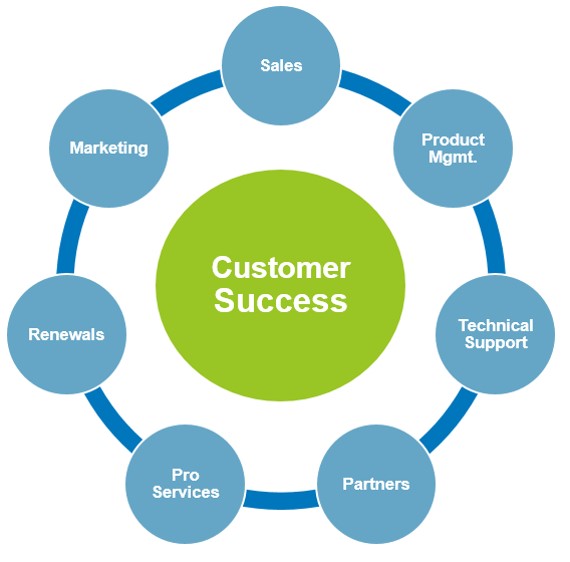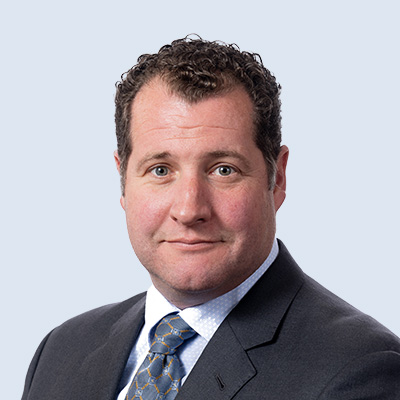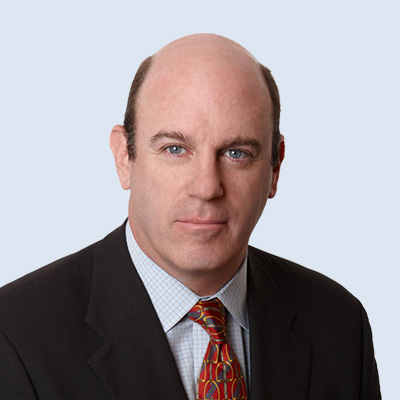Making Customer Success a Reality in a XaaS World
The establishment of Customer Success as an organizational core competency is critical in today’s XaaS world where winners must consistently grow recurring revenue and Customer Lifetime Value (CLV). What is Customer Success? Multiple definitions exist, but we define it here as “ensuring customers capture maximum utility from the products and solutions they purchased.”
Many XaaS organizations are taking the initial steps of building Customer Success capabilities through the establishment of an official charter. Other organizations are moving to “v2.0” by fine-tuning their engagement model with both customers as well as internal functional groups. However, despite considerable investment and attention on Customer Success, companies are struggling to find the right formula for their respective businesses. In part I of a three-part series, Alexander Group will explore key questions and issues Sales and Customer Success leadership has uncovered. Subsequent articles will share insights and solutions companies are deploying to drive adoption, increase expansion and lower churn.
Ted Grossman and Chris Semain, two leaders of Alexander Group’s technology practice, recently sat down for dinner and drinks in Palo Alto, Ca with Customer Success leaders from Adobe, Box, Cisco, Microsoft, New Relic, ServiceNow and VMware. Participants shared how their respective organizations are evolving the Customer Success function and associated processes. Perhaps the biggest finding of the evening: there are still more questions than answers. Alexander Group compartmentalized these questions into the following categories.
- What is the charter of Customer Success?
- What can Customer Success leaders do to ensure executives are fully invested in their function and organization?
- How should companies communicate the charter of Customer Success both internally and externally?
2) Business Model
- What approaches are companies taking to quantifiably demonstrate Customer Success ROI?
- Should accounts pay for Customer Success? If so, what steps must a vendor take to start a paid service?
3) Engagement Model
- How should companies infuse Customer Success into the go-to-market model across the entire organization?
- Should Customer Success own renewals, or are renewals best owned by a separate group? What factors dictate renewals ownership?
- How should Customer Success and Professional Services work together? What can be done to minimize confusion at the account? Should Professional Services be measured on overall client success or growth (beyond project work)? If so, what impact does this have on workflow between Customer Success and Professional Services?
- To what extent should partners own Customer Success activities? What can companies do to drive partner interest and commitment?
4) Talent & Compensation
- What is the right skill profile for people in the Customer Success organization?
- What compensation constructs are companies using to drive intended behaviors?
A key theme emerged as dinner participants shared and contemplated the aforementioned questions: Creating a Customer Success core competency extends well beyond the establishment of a charter and dedicated function.
Companies must go beyond the simple documentation of Customer Success responsibilities. Boilerplate language like “onboard new customers” and “monitor usage” are standard responsibilities that only scratch the surface.  Companies must also design how the function injects into day-to-day business processes of other functional groups (e.g., product management) as well as articulate collaboration intensity required to drive sustainable revenue growth–better adoption, increased expansion and lower churn.
Companies must also design how the function injects into day-to-day business processes of other functional groups (e.g., product management) as well as articulate collaboration intensity required to drive sustainable revenue growth–better adoption, increased expansion and lower churn.
The illustration to the left provides an overview for the myriad of functional groups that are likely to engage together and with Customer Success. Each requires a documented process with established touchpoints, communication frequencies, execution requirements and desired outcomes. All participants from Alexander Group’s recent Customer Success dinner agreed that inconsistent engagement processes compromise buyer/user experience putting revenue at risk.
Subsequent articles in this series will highlight participant perspectives on what has and has not worked for their companies across the Customer Success category spectrum of charter, business model, engagement model, and talent & compensation.
In the meantime, please contact the Alexander Group to learn more about our relevant experience and ability to build and optimize Customer Success organizations.
Co-author: Ted Grossman is a principal in Alexander Group’s San Francisco office.


